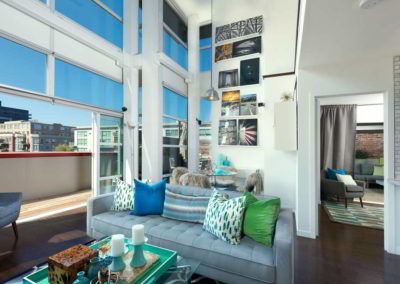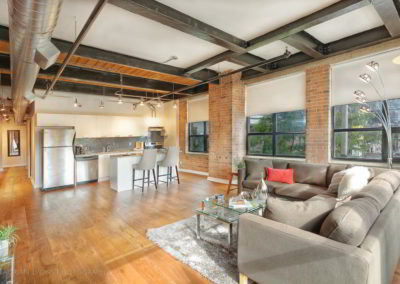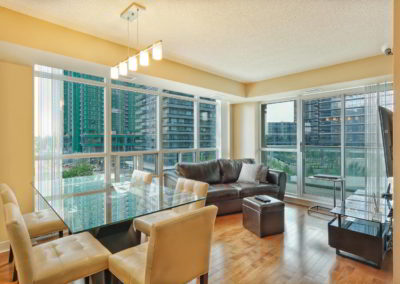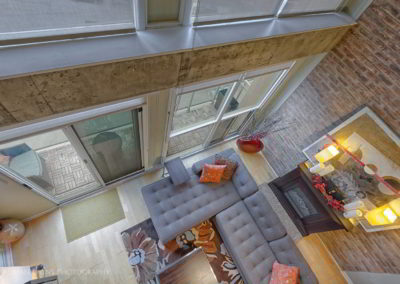Only The Best
Great architectural and real estate photography makes a massive difference in the presentation of a space.
As a Real Estate agent, you need to show your clients home in the best light possible. A well documented property with imagery that reveals the true feel of a space increases the interest and the number of buyers. It also avoids viewer disappointment when a property looks nothing like the images they saw which could kill a sale before negotiation even start. What does this mean? Quicker sales for you.
As an Interior Designer, Architect or Contractor, you’ve put a lot of hard work and your heart into your projects and made your customers dreams come true. I can help share the true quality of your work with the world.
Awesome news! We’ve just been named Best In Service for Photography for the year 2015. Read the press release here!
For Real Estate
Don’t be caught up in buzzwords like HDR. HDR (high dynamic range) is great and can produce some stunning imagery. But it is not suitable for Real Estate photography. HDR is good for artistic works and landscapes, I’ve tried it myself. Is that what you are selling? I didn’t think so. You need to present your listing in the best possible light. You need to present the home as it truly is, a home that a buyer can see themselves living in happily.
Architects and Contractors
Specializing in architectural and real estate photography, I am acquainted with the subtitles of creating imagery that presents your projects as it looks in real life. Cameras, by default, don’t see things the way our eyes do. In order to provide a image that represents the true mood and feel of a space, I incorporate a multitude of disciplines and am attentive to the smaller details that makes a so-so image into spectacular one.
A Quick Comparison Using HDR and Why It Doesn’t Work For Real Estate and Architectural Photography.
The HDR shot is on the left. My work is on the right.
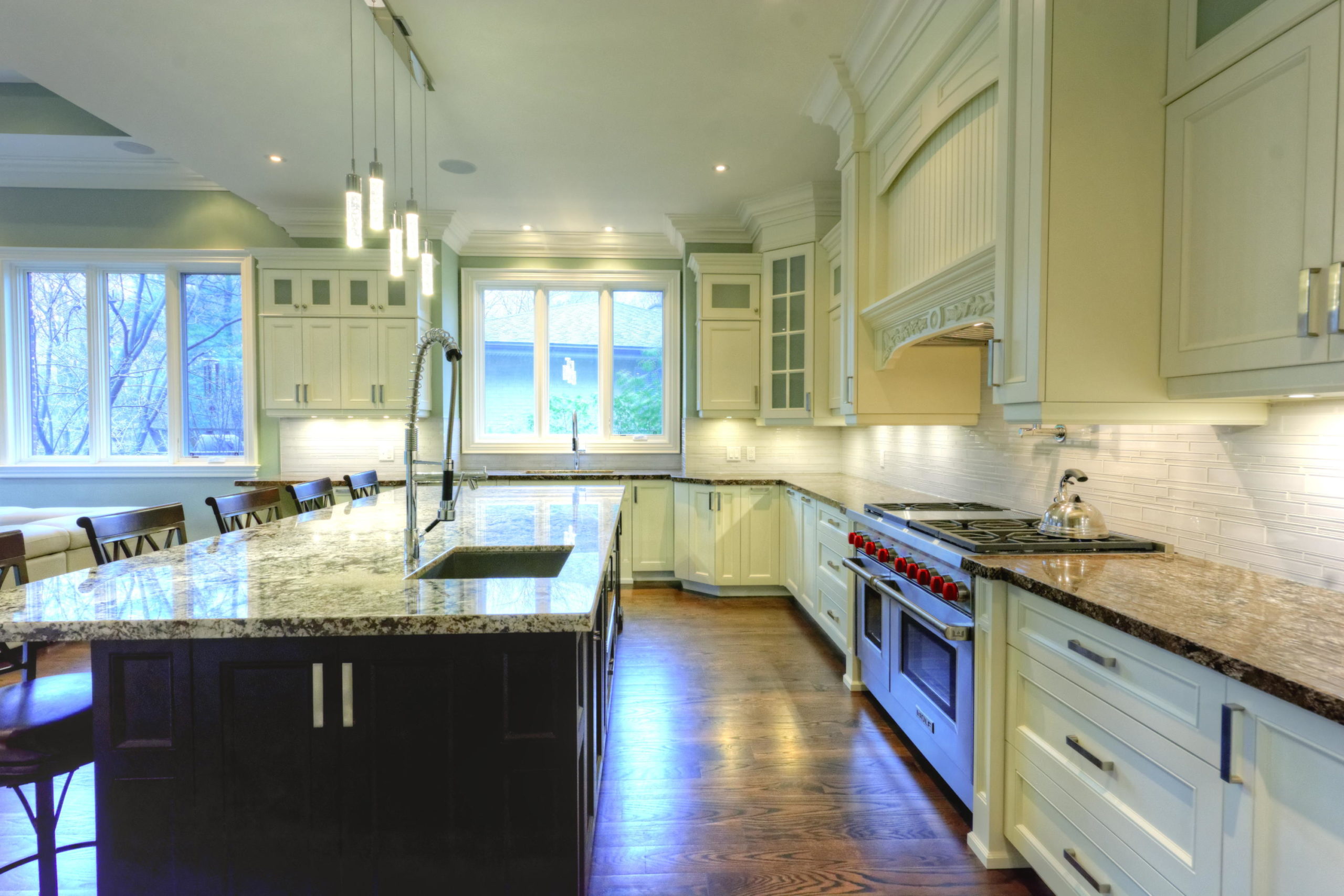
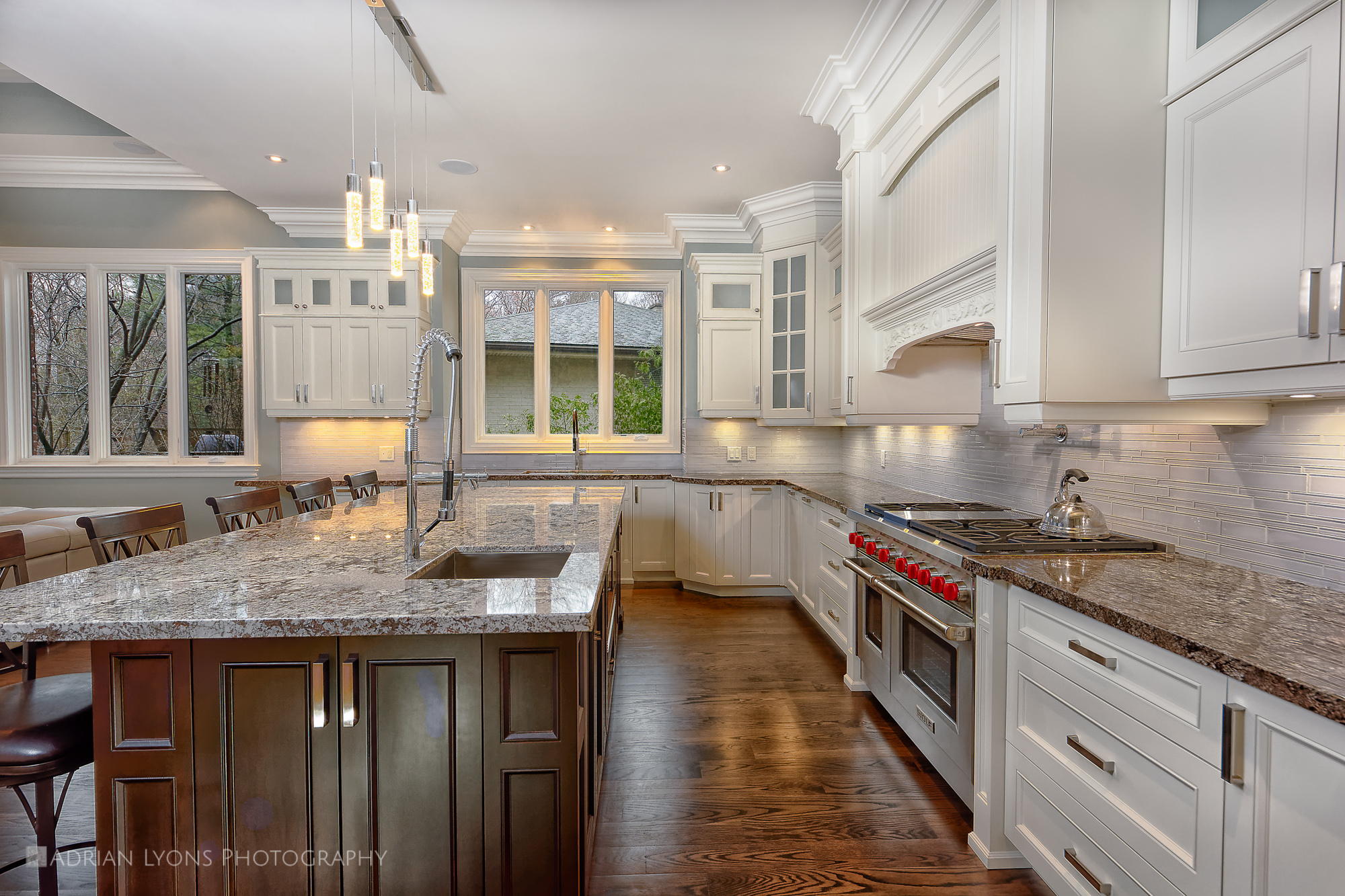
HDR is a computer merged combination of multiple copies of the same image using different exposures. This is fantastic for landscapes, I use this technique myself for some of my personal work. The problem when using this approach with architectural photography is the various light sources one can encounter in one shot. You’ll notice on the left image that the cabinetry, which is supposed to be white, is looking rather yellow/green. If this was corrected to show white, the windows would appear a psychedelic blue, even bluer than they already are due to the difference in the colour temperature of the light. The technique also introduces a lot of noise into an image and also distorts the true colours of objects. Both of which are something you would not want when marketing your work or trying to sell your clients home. I carefully plan out how I will light and shoot a space before I start. I take my time before the shoot, during the shoot and after the shoot while I create the perfect shots. It takes more work but in my opinion, it is the only way to do it right.
Architectural Projects
Real Estate Projects
Want To Work Together
Get in touch if you would like to discuss your project
I’m really looking forward to working with you real soon.
Adrian


